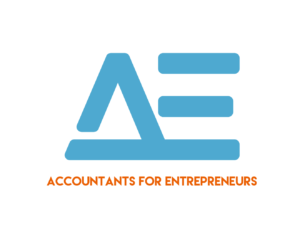
On June 3rd, 2020, the senate passed the Paycheck Protection Flexibility Act (PPFA). The goal of this provision is to make it easier for small business owners to have their loans to be fully forgiven.
Here are brief summaries of the changes and how it impacts you and your business. For more detailed explanations, please see our previous article here.
✔️ Qualified uses: The PPFA lowers the expenditure threshold requirement from 75% to 60% of the PPP loans proceeds need to be used for payroll expenses.
✔️ Spend it within 24 weeks: Current PPP borrowers can choose to extend the covered period from 8 weeks to 24 weeks to spend its PPP funding. Any new PPP borrowers will have 24 weeks but not exceeding December 31 to spend the funding.
✔️ Payroll headcount and salaries level needs to be maintained: You are still required to maintain headcount and salaries level. But instead you have now until December 31 to do so. More information on what is the headcount level and salaries level to be maintained please see my previous article here.
✔️ Alternative ways to restore your headcount and salaries level: If you have found yourself 1) not able to re-hire or replace the skilled workers that you let-go; 2) workers voluntarily assign or request reduce of hours; 3) not able to restore your business operation to your Feb 15 Pre-COVID level, those loss of headcount will not be counted toward full time employee (FTE) reduction.
✔️ Safe harbor rule for headcount and wage level reduction: If your FTE headcount and wage level between Feb 15 to April 26 is lower than the headcount and annualize wage level on Feb 15, and the headcount and annualized wage level on December 31 is greater or equal to your Feb 15 level, loan forgiveness will not need to be reduced.
✔️ PPP loan term has been extended: If a portion of your loan is not able to be forgiven, the loan term is now 5 years instead of 2. This means you have more time to pay it off.
✔️ Payment deferral period: You have up to 10 months after your covered period to apply for the forgiveness process.
✔️ Payroll tax deferral: Your business is now eligible to defer employer’s portion of the social security tax throughout 2020 and is no longer limited to only for the period up till loan forgiveness. 50% of the deferred social security tax can be paid by December 31 2021 and the remaining 50% in December 31 2022.
It’s still highly important to keep track of your expenses that are being paid out of the PPP loans. We suggest using a separate bank account to house the PPP funding so a clear record can be shown when it is time to apply for your loan forgiveness.
Work with your payroll provider and accountant for your PPP forgiveness process and ensure your PPP loan amount can be fully forgiven.
If you need help or assistance, our team is always available. Stay safe and healthy.

0 Comments